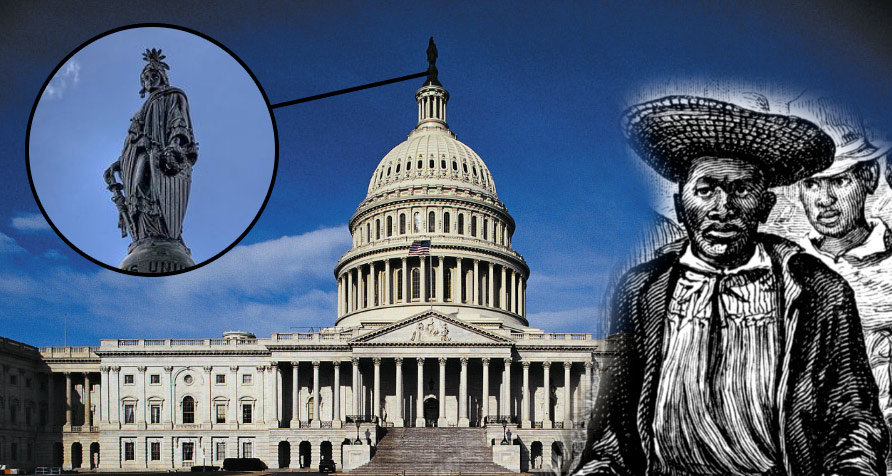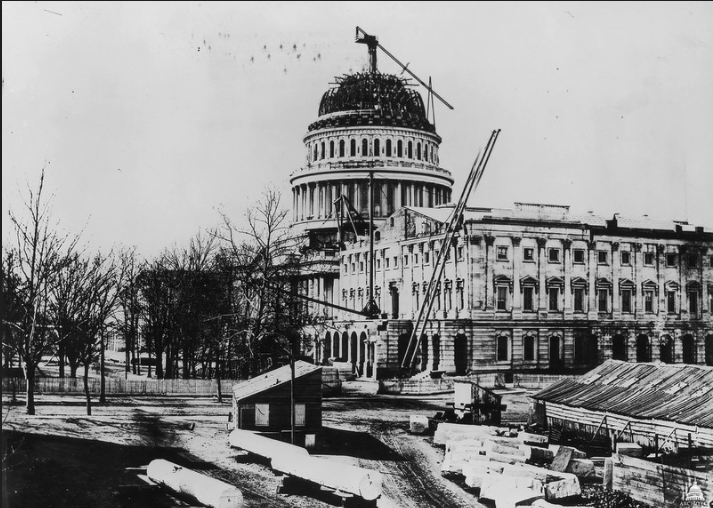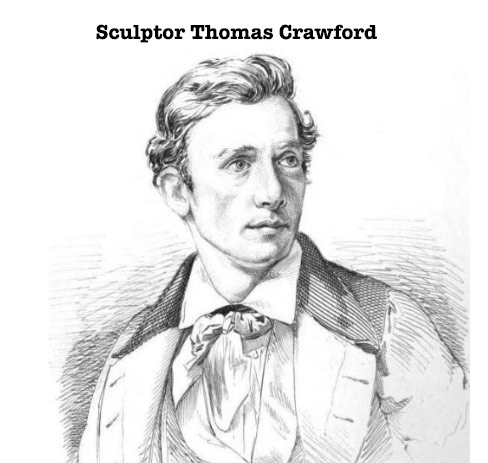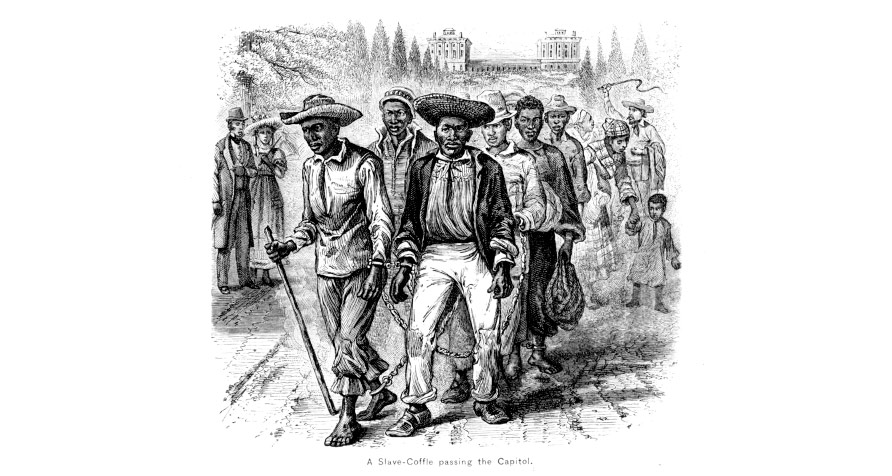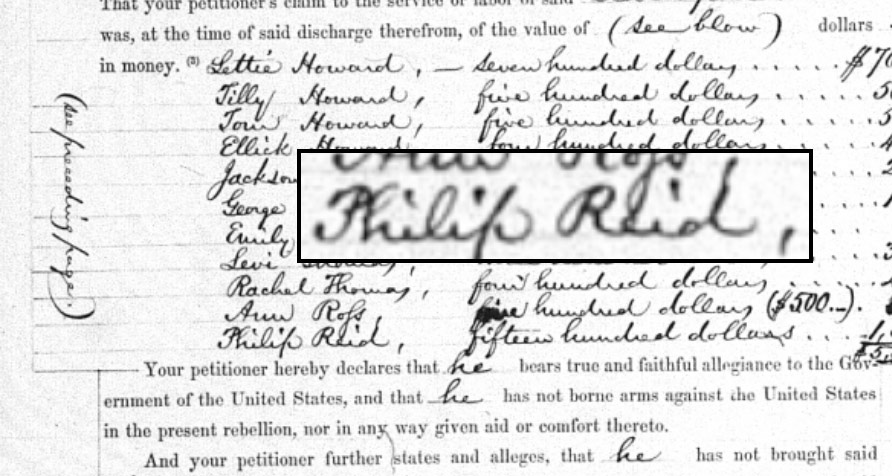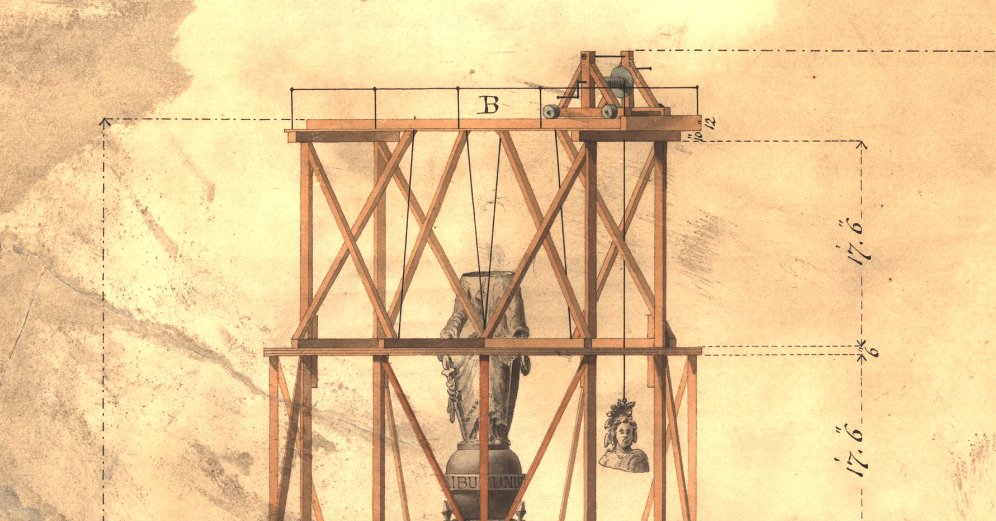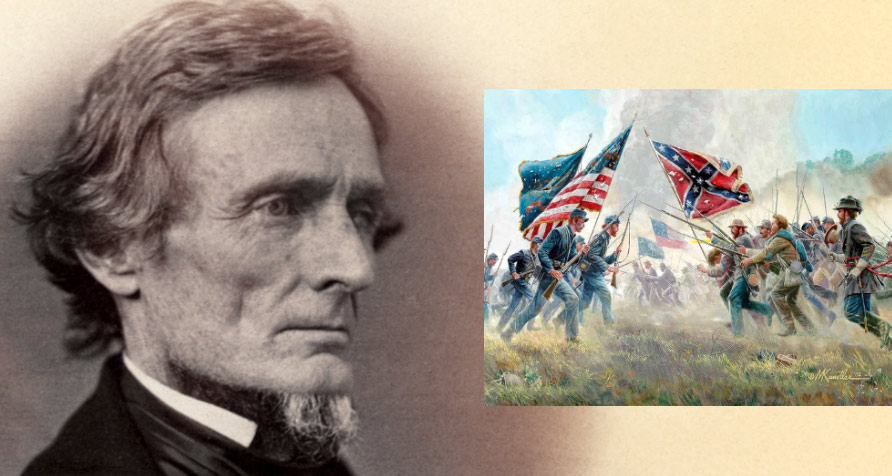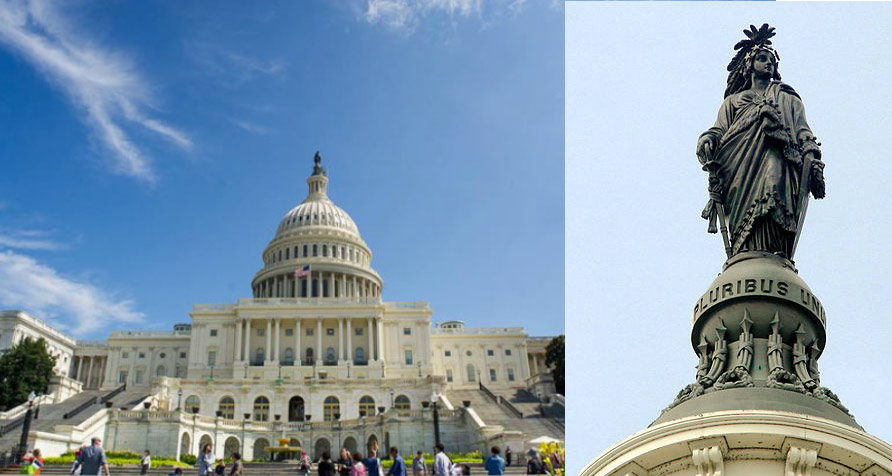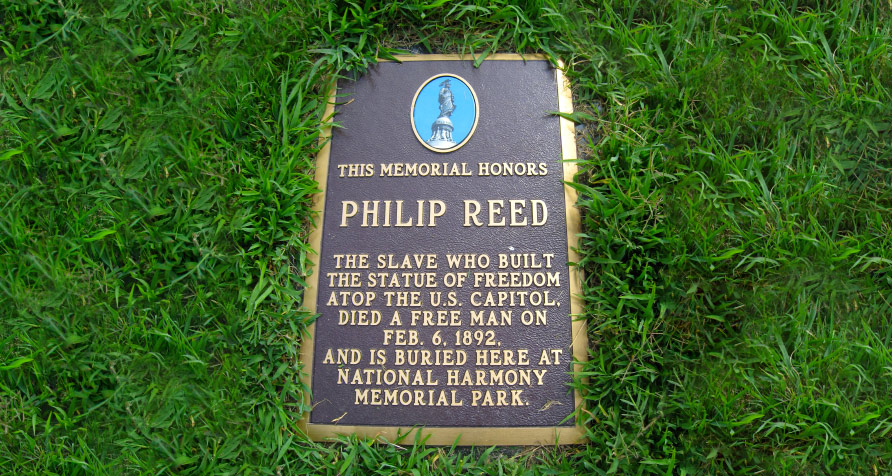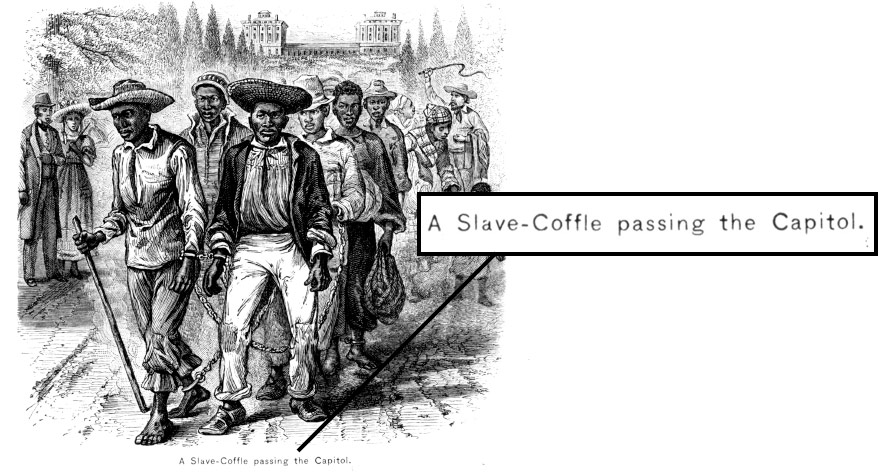You may have heard that the US Capitol Building was built with slave labor. That's true.
But what most people don't know is the extraordinary story behind the statue that sits on the top of the dome, called The Statue of Freedom.
This thread is going to be worth your time. 1/17
But what most people don't know is the extraordinary story behind the statue that sits on the top of the dome, called The Statue of Freedom.
This thread is going to be worth your time. 1/17
Construction on the Capitol Building began in 1793.
Enslaved laborers were "rented" by Congress for $55/yr from nearby plantation owners to do the hard work of constructing the world's greatest organ of democracy.
When you visit, go TOUCH THE WHITE STONES that Black hands cut.
Enslaved laborers were "rented" by Congress for $55/yr from nearby plantation owners to do the hard work of constructing the world's greatest organ of democracy.
When you visit, go TOUCH THE WHITE STONES that Black hands cut.
In 1855 Congress decided to place a magnificent new dome on top of the Capitol.
For the top, they asked for a glorious statue that would become perhaps the most prominent piece of public art in America at the time.
Before the Statue of Liberty, This would the Statue of Freedom.
For the top, they asked for a glorious statue that would become perhaps the most prominent piece of public art in America at the time.
Before the Statue of Liberty, This would the Statue of Freedom.
Thomas Crawford's design for the statue was immediately controversial.
The government official in charge demanded a redesign because the statue's hat seemed to him like a subtle abolitionist symbol.
Yes, he stopped the project because of... a hat. Talk about white fragility!
The government official in charge demanded a redesign because the statue's hat seemed to him like a subtle abolitionist symbol.
Yes, he stopped the project because of... a hat. Talk about white fragility!
The official in charge who forced the hat for the statue "Freedom" to be redesigned was a wealthy slaveholder. He *really* did not want "Freedom" to signify freedom for all.
One historian says he "exploded with rage" when he saw the hat.
That official's name? Jefferson Davis.
One historian says he "exploded with rage" when he saw the hat.
That official's name? Jefferson Davis.
After the statue design for the top of the US Capitol dome was finalized (with a new hat), it was time to actually make the thing.
The project seemed to be going well, but then they ran into one small problem.
The sculptor died of cancer before it could be completed.
The project seemed to be going well, but then they ran into one small problem.
The sculptor died of cancer before it could be completed.
When the plaster cast of the Statue of Freedom arrived, the team in charge of molding it in bronze couldn't figure it out because of how it had been bolted.
They took one look and gave up. Refused to work.
Except for one man. The only enslaved man on the team. Meet Philip Reed.
They took one look and gave up. Refused to work.
Except for one man. The only enslaved man on the team. Meet Philip Reed.
Philip Reed was by all accounts a brilliant Black man. He was enslaved at age 22 by sculptor Clark Mills who paid $1,200 for him.
It was a large sum at the time, but Mr Mills was willing to pay it because of Mr Reed's obvious intellect and ability as a craftsman.
It was a large sum at the time, but Mr Mills was willing to pay it because of Mr Reed's obvious intellect and ability as a craftsman.
BTW, I'm using Mr Reed's preferred spelling of his name.
Oddly today many historians today and even the US gov't spells his name "Reid"– which was the spelling his enslaver used. (He later formally changed it.)
The least we can do is spell his name the way he wanted it spelled!
Oddly today many historians today and even the US gov't spells his name "Reid"– which was the spelling his enslaver used. (He later formally changed it.)
The least we can do is spell his name the way he wanted it spelled!
When everyone else gave up on the Statue of Freedom, the enslaved Mr Reed was the only one who could come up with a solution to move it so it could be placed on the US Capitol dome.
He devised a pulley & tackle system to unbolt it into five pieces. An observer called it "genius"
He devised a pulley & tackle system to unbolt it into five pieces. An observer called it "genius"
Meanwhile, a little thing called the US Civil War started.
Remember the guy who complained about the hat on the Statue of Freedom?
Jefferson Davis committed treason against the United States and joined the Confederacy as its president. Because he wanted to keep people enslaved.
Remember the guy who complained about the hat on the Statue of Freedom?
Jefferson Davis committed treason against the United States and joined the Confederacy as its president. Because he wanted to keep people enslaved.
The 19 foot tall Statue of Freedom was finished and finally hoisted to the top of the US Capitol dome, where it still stands today.
By 1865 the slave who saved the statue, Philip Reed, was a himself free man.
And Jefferson Davis was not. That my friends, is what we call poetry.
By 1865 the slave who saved the statue, Philip Reed, was a himself free man.
And Jefferson Davis was not. That my friends, is what we call poetry.
Jefferson Davis never returned to Washington DC to see the finished statue Freedom sitting atop the Capitol dome.
The very project he supervised.
After becoming a free man, Mr Reed later went into the craftsman business for himself and was "highly esteemed" for his talent.
The very project he supervised.
After becoming a free man, Mr Reed later went into the craftsman business for himself and was "highly esteemed" for his talent.
Former slave Philip Reed was a brilliant man who loved statues & celebrating American ideals through public art.
Like many, he never had his photo taken–nor his portrait painted.
Today the recognition of his life is a plaque you have to look down upon to read. We can do better.
Like many, he never had his photo taken–nor his portrait painted.
Today the recognition of his life is a plaque you have to look down upon to read. We can do better.
Many enslaved men worked to build the Capitol. This etching is one of the few depictions we have of them.
We don't know their names.
But Philip Reed is a man whose name we do know. And his contribution to our country symbolizes the contributions that the rest of those men made.
We don't know their names.
But Philip Reed is a man whose name we do know. And his contribution to our country symbolizes the contributions that the rest of those men made.
How many statues of slaveholders do we have? Lots. But how many statues of enslaved folk do we have?
Every statue that is taken down should be replaced by one we can be proud of.
Born a slave, Mr Reed NEVER expected to be recognized. To get his own statue... He would have wept.
Every statue that is taken down should be replaced by one we can be proud of.
Born a slave, Mr Reed NEVER expected to be recognized. To get his own statue... He would have wept.
Please consider sharing this thread. There is definitely someone out there who can help us out with the kind of recognition Philip Reed deserves for his contributions. We should build something.
History is full of unsung heroes. Let's start singing.
Lift every voice. (end)
History is full of unsung heroes. Let's start singing.
Lift every voice. (end)
Exciting news: A Capitol Hill source tells me this entire Twitter thread has been added to the official training materials for the interns who guide their public tours.
Let's keep sharing Philip Reed's story. It's working. https://twitter.com/arlenparsa/status/1280497662752628743
Let's keep sharing Philip Reed's story. It's working. https://twitter.com/arlenparsa/status/1280497662752628743

 Read on Twitter
Read on Twitter